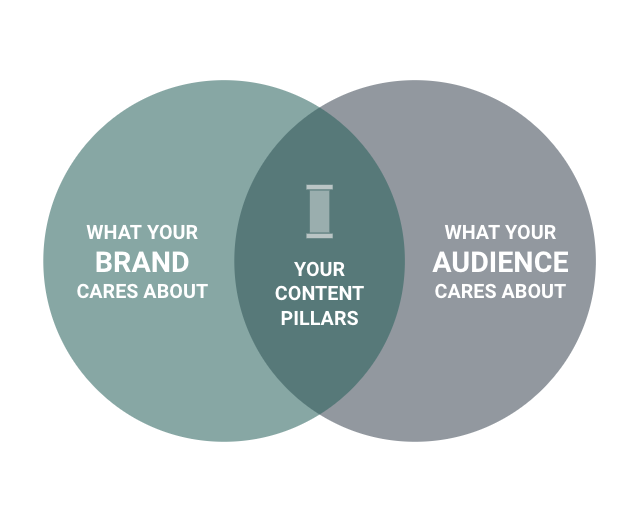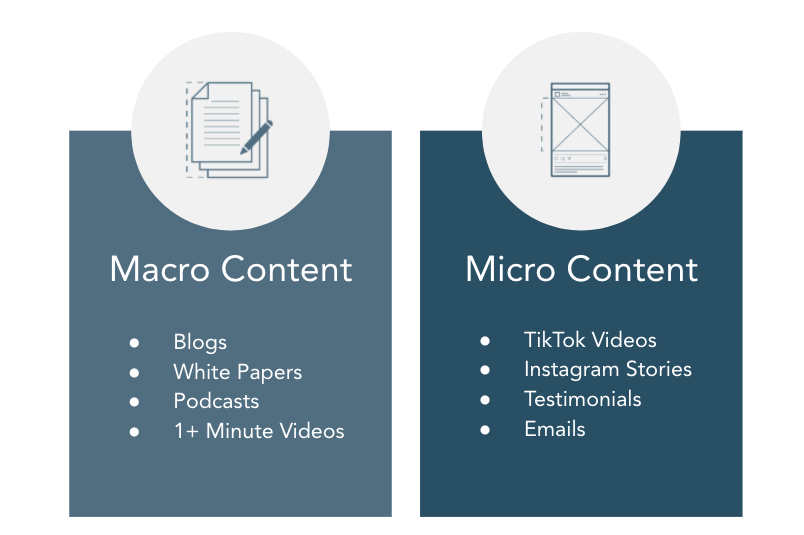Mad Fish Digital is a purpose-driven digital marketing agency. We serve clients ranging in size from small ecommerce businesses like Solmate Socks to cult favorites like Schoolhouse and enterprise tech businesses like F5 and Instart. Our work ranges from branding and identity, go-to-market strategies and demand generation, and ongoing marketing execution and campaigns. We’re proud to be truly data-informed, connecting our insights back to every strategy and deliverable. You can learn more about our work with our partners, and impact from being a certified B Corp to our pro bono program on our website.
Create an adaptable content strategy to meet your audience’s changing needs in 2021. We’ll go through choosing the right platforms, adaptable topics, and how to respond to current events. Watch the full webinar at the end of this post.
We explore:
- Creating an adaptable content strategy
- Choosing the right social media platforms as your customer’s habits change
- How to source ideas that will resonate with your audience
Creating an adaptable content strategy
There are less than 50 days till 2021. I know, I know. We’re excited, we’re grateful, we hope for a more precedented year. But, putting together a content strategy for next year doesn’t have to be hard. You’re going to rock it out with these simple tips.
1. Pillars

Write out your company values, product launches, and potential content pillars for the next year. Then, find the places that what your brand cares about and what your audience cares about intersect. It’s basically the venn diagram of your brand’s interests and your audience’s interests.
So, how do you know what matters to your audience? Ask them. Audience research tools, insights from your customer service and sales team members. Ask questions and do user audits. Heatmap your website and see where they’re spending time. Look at social media comments. Evaluate your competitors followers and collect data. By sourcing topics and seeing what they’re discussing, you can connect back to your pillars, trends, and values.
2. Plan
Define your monthly or quarterly themes, depending on your business. Use the pillars to do this. You can take each pillar and break it down into topics. For some, seasonality is also critical. Take the time to connect values and events in folks lives, as well as any upcoming world events that we do know about. Use these themes to define your macro content.
Macro content
- Blogs
- Podcasts
- Guide
- 1.5+ minute videos
Micro content
- TikTok
- Testimonial
- Instagram story
So, the key to a scalable content strategy that can adapt with the times is connecting macro content to micro content. By using your values to define themes, and using the themes to define macro content, and using the macro content to define the micro content, you ensure that everything you put out is values aligned and speaks to your audience’s core needs. Now, if you haven’t built a content strategy before, you’re also going to need to attach clear KPIs to each of these channels and content types. For instance, your Instagram should be prioritizing saves while your blogs might emphasize time on page. Make sure as you create the plan that you have an idea of what you’ll get out of each piece of content so that you can establish goals and get that ROI. After all, if what you want to hit on most is brand awareness in the first six months, a downloadable on your website probably isn’t the way to go.
 3. Produce
3. Produce
50 days until 2021. I know what you’re thinking. You already used this stat. But I’m dramatic and am using this for emphasis. You’ve got fifty days to get your content started for January. Even if you can’t plan the whole year, you can at least start getting things organized for the first quarter based on your business goals. Start to produce that content now and get your ducks in a row. It’ll save you the scramble later.
Tools to Try
- Asana (for project management)
- Crowdtangle (for social insights)
- Google Trends (for search insights)
- Quora (for topic ideas)
- Global Web Index (market research and audience data)
- TikTok (for social trends)
When you’re doing your preparation, pay attention to what’s happening on social. Each month should use fresh takes and experiments. By connecting it back to your project management tool, what’s trending, and queries, you’ll be able to deliver high-value content that’s fresh and engaging.
4. Pivot
Remember: You’re married to the strategy, not the topic. The fact is, regardless of what year it is, content strategies and themes might pivot. Don’t be afraid to switch things up if you need to, but remember that you can lean back into the structure of your strategy regardless of topic or product changes. Be flexible and remember that by centering audience needs and how they intersect with your brand you’ll be able to connect. Just keep it human.
Watch the full webinar
Got questions? Need support? Reach out to us via our contact page. We’d love to hear from you.

